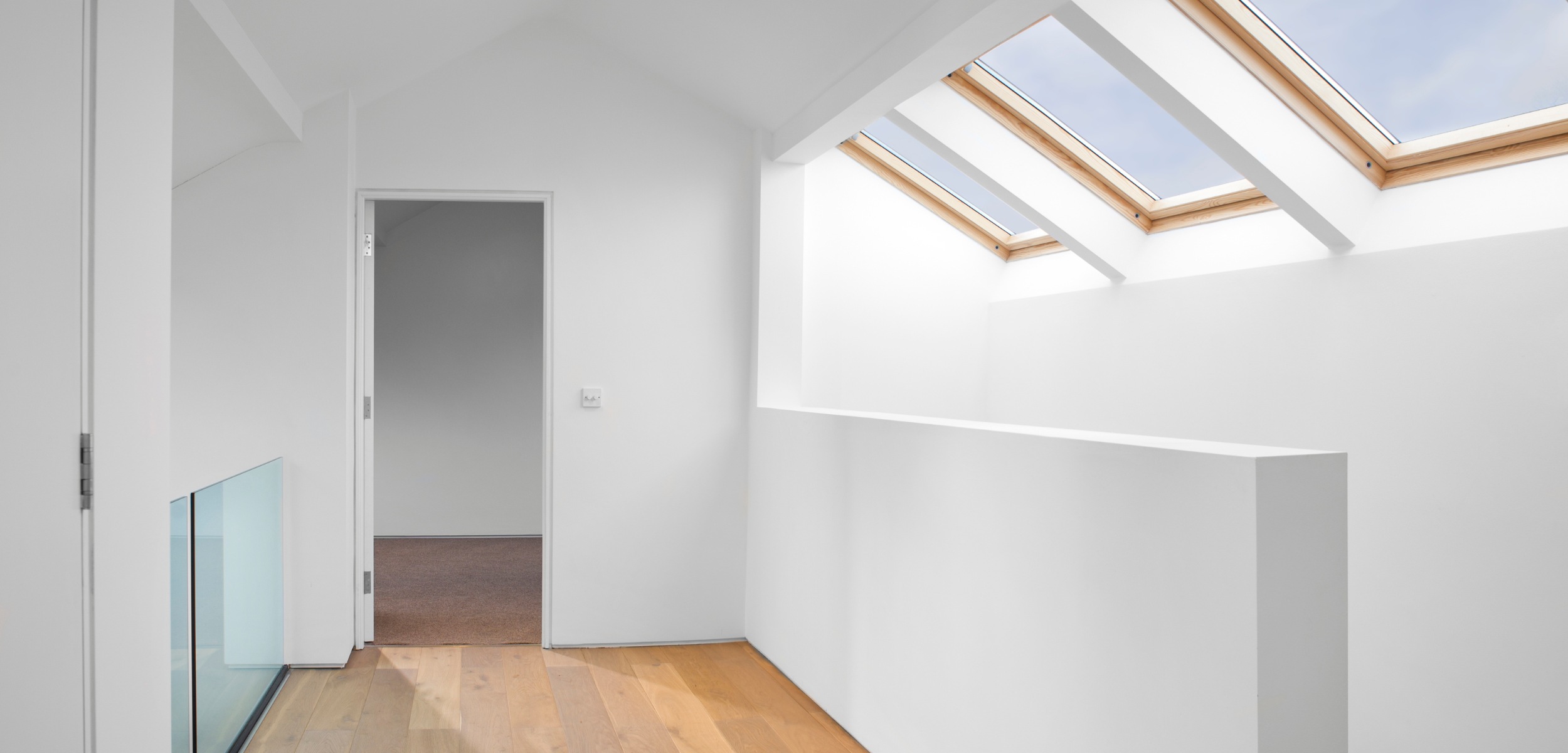
Looking to add space and value to your home? A loft conversion might be the solution you’ve been searching for. This comprehensive guide will take you through every step of the process, from planning to expenses, ensuring you have all the information you need to make informed decisions.
Whether you’re looking to create a new bedroom, office, or entertainment area, a loft conversion can transform your unused loft space into a functional and stylish living area. But where do you start? This guide will cover everything, from obtaining planning permission and hiring professionals to understanding building regulations and estimating costs.
With expert advice and practical tips, you’ll be able to navigate through the complexities of loft conversions with ease. Discover different design options, learn about the various types of loft conversions, and explore the potential pitfalls so you can avoid common mistakes.
By the end of this article, you’ll have a clear understanding of what it takes to create the perfect loft conversion that meets your needs, enhances your living space, and adds value to your home. Get ready to unlock the full potential of your attic!
What is a loft conversion?
A loft conversion involves transforming an empty attic space into a usable room or living area. It is a popular home improvement project that allows homeowners to maximise the space in their homes without extending the footprint of the property. Loft conversions are especially beneficial for properties with high roofs and ample headroom.
There are different types of loft conversions, including dormer, hip-to-gable, mansard, and roof light conversions. Each type has its own unique features and advantages, which we will explore in more detail later in this guide.
Loft conversions have become increasingly popular in recent years due to the rising cost of property and the need for additional living space. They offer a cost-effective solution to create extra rooms and increase the value of your home. With proper planning and execution, a loft conversion can be a smart investment that pays off in the long run.
Benefits of a loft conversion
A loft conversion offers numerous benefits for homeowners, making it an attractive option for those looking to maximise their living space. Here are some of the key advantages of converting your loft:
- Additional living space: A loft conversion provides valuable extra space that can be used for various purposes, such as a bedroom, home office, guest room, or entertainment area. It allows you to make the most of your property without the need for a costly extension.
- Increased property value: Adding a loft conversion can significantly increase the value of your home. It is a desirable feature for potential buyers, as it provides them with additional living space without the need for expensive renovations.
- Cost-effective: Compared to other home improvement projects, a loft conversion is relatively cost-effective. It utilises existing space, minimising the need for major structural changes. It can also save you money in the long run by reducing your energy bills, as loft conversions are typically well-insulated.
- Enhanced natural light: Loft conversions often feature large windows or skylights, allowing natural light to flood the space. This creates a bright and airy atmosphere, making the room feel more spacious and inviting.
- Improved views: Depending on the location of your property, a loft conversion can offer stunning views of the surrounding area. Whether it’s a city skyline or a picturesque landscape, you can enjoy the scenery from the comfort of your new loft space.
Planning and regulations for a loft conversion
Before embarking on a loft conversion project, it is essential to understand the planning and regulatory requirements. Depending on the location and type of property, you may need to obtain planning permission or adhere to certain building regulations. Failure to comply with these regulations could result in fines or the need to undo the work.
- Planning permission: In some cases, planning permission may be required for loft conversions, especially if there are significant alterations to the roof structure or the property is located in a conservation area. However, many loft conversions fall under permitted development rights, which allow certain types of development without the need for planning permission. It is advisable to consult with a professional or check with your local planning authority to determine if planning permission is necessary for your loft conversion.
- Building regulations: All loft conversions must comply with building regulations to ensure they meet safety, structural, and energy efficiency standards. Building regulations cover various aspects, including fire safety, insulation, ventilation, and structural stability. It is essential to engage the services of a qualified professional, such as an architect or builder, who can guide you through the building regulations process and ensure your loft conversion meets all the necessary requirements.
- Party wall agreements: If your property shares a party wall with a neighbouring property, you may need to obtain a party wall agreement before commencing work on your loft conversion. A party wall agreement is a legal document that sets out the rights and responsibilities of both parties involved. It is designed to protect the interests of all parties and prevent disputes arising from the construction work.
Types of loft conversions
Loft conversions come in various types, each offering its own set of advantages and considerations. The type of loft conversion you choose will depend on factors such as the roof structure, available space, budget, and personal preferences. Here are some of the most common types of loft conversions:
- Dormer conversion: A dormer loft conversion involves extending the existing roof to create additional headroom and floor space. Dormers are versatile and can be built in various styles, such as flat roof, gable fronted, or hipped roof. They are a popular choice as they provide ample natural light and can be easily customised to suit your design preferences.
- Hip-to-gable conversion: A hip-to-gable loft conversion is suitable for properties with hipped roofs, where the sides slope down to the eaves. It involves extending the hipped end of the roof to create a vertical gable wall. This type of conversion maximises the available space by creating a larger internal area.
- Mansard conversion: A mansard loft conversion is characterised by a flat roof with a back wall that slopes inward at an angle of 72 degrees. This type of conversion is typically used in properties with restricted permitted development rights or in conservation areas. Mansard conversions often provide a significant increase in usable floor space, making them ideal for creating spacious bedrooms or living areas.
- Roof light conversion: Also known as a Velux conversion, a roof light conversion involves adding skylights or roof windows to an existing loft space. It is a cost-effective option that maximises natural light and provides stunning views. Roof light conversions are relatively straightforward and do not require major alterations to the roof structure.
Each type of loft conversion has its own unique features and considerations. It is essential to consult with professionals and architects to determine the most suitable type for your property and needs.
Hiring professionals for a loft conversion
A loft conversion is a complex project that requires the expertise of various professionals to ensure its success. Hiring the right professionals can make a significant difference in the quality and outcome of your loft conversion. Here are some key professionals you may need to engage:
- Architect: An architect plays a crucial role in the design and planning stages of a loft conversion. They will assess the feasibility of your project, create detailed plans, and liaise with the local planning authority to obtain necessary permissions. An architect will also ensure that the design meets your requirements, maximises space, and complies with building regulations.
- Structural engineer: A structural engineer will assess the structural integrity of your property and design any necessary reinforcements or modifications to support the added weight of the loft conversion. They will provide calculations and drawings to ensure the structural stability of the new space.
- Builder: A skilled builder will carry out the construction work, including the installation of structural elements, insulation, windows, and doors. It is important to hire a reputable builder with experience in loft conversions to ensure the work is done to a high standard.
- Electrician: An electrician will handle all electrical aspects of the loft conversion, including wiring, lighting, and power outlets. They will ensure the electrical installation meets safety standards and is compliant with building regulations.
- Plumber: If your loft conversion includes a bathroom or kitchen, a plumber will be required to install the necessary plumbing and fixtures. They will ensure that the plumbing system is properly connected to the existing plumbing network and meets the required standards.
When hiring professionals, it is advisable to seek recommendations, view portfolios of their previous work, and obtain multiple quotes to ensure you are getting the best value for your money. Check for relevant certifications and accreditations to ensure the professionals you engage are qualified and experienced in loft conversions.
Expenses involved in a loft conversion
The cost of a loft conversion can vary significantly depending on various factors, such as the type of conversion, size of the space, level of customisation, and location of the property. It is important to have a clear understanding of the potential expenses involved to budget accordingly. Here are some of the main cost considerations:
- Architectural and design fees: Hiring an architect and obtaining detailed plans and designs for your loft conversion will incur costs. Architectural fees typically range from 5% to 15% of the total project cost, depending on the complexity of the project.
- Construction and labor costs: The construction and labor costs will depend on the size and complexity of the loft conversion. This includes materials, structural work, insulation, windows, doors, and any additional fixtures or fittings. It is advisable to obtain quotes from reputable builders or contractors to get an accurate estimate of these costs.
- Professional fees: Engaging professionals such as structural engineers, electricians, and plumbers will incur additional fees. These fees will depend on the scope of work required and the rates charged by the professionals.
- Planning permission and building regulation fees: If planning permission is required for your loft conversion, there will be associated fees payable to the local planning authority. Building regulation fees may also apply to cover the cost of inspections and certifications.
- Decoration and finishing costs: Once the construction work is complete, you will need to budget for decoration and finishing touches, such as painting, flooring, lighting, and furniture. These costs can vary depending on your personal preferences and the quality of materials chosen.
- Contingency fund: It is advisable to set aside a contingency fund of around 10% to 20% of the total project cost to cover any unforeseen expenses or changes during the construction process.
It is essential to obtain detailed quotes and estimates from professionals and builders to get an accurate idea of the total cost of your loft conversion. Remember to factor in additional costs, such as furniture, fittings, and decoration, to ensure you have a realistic budget in place.
Tips for a successful loft conversion
To ensure a successful loft conversion, here are some tips to keep in mind:
- Plan ahead: Careful planning is crucial for a successful loft conversion. Consider your requirements, budget, and timeline before starting the project. Engage professionals early on to help with the planning and design process.
- Research and gather inspiration: Look for design inspiration online, in magazines, and through visits to showrooms or open houses. Gather ideas and create a mood board to visualise your desired outcome.
- Choose the right professionals: Take time to research and select the right professionals for your loft conversion. Check their credentials, view their previous work, and ask for recommendations.
- Obtain necessary permissions: Ensure you understand the planning and regulatory requirements for your loft conversion. Obtain any necessary permissions or approvals before commencing work.
- Communicate openly: Maintain clear communication with your professionals throughout the project. Regularly discuss progress, changes, and any concerns. This will help ensure that the project stays on track and meets your expectations.
- Consider energy efficiency: Incorporate energy-efficient features into your loft conversion, such as insulation, double-glazed windows, and LED lighting. This will not only save you money on energy bills but also improve the overall comfort of the space.
- Manage your budget: Keep a close eye on your budget throughout the project. Track expenses and make adjustments as necessary to ensure you stay within your planned budget.
- Prepare for disruption: Loft conversions can be disruptive to your daily routine. Prepare yourself and your family for noise, dust, and temporary inconveniences. Consider alternative accommodation if necessary.
- Think about future needs: When designing your loft conversion, consider your future needs. Plan for storage space, flexible layouts, and potential changes in family dynamics.
- Enjoy the process: A loft conversion is an exciting project that can significantly enhance your living space. Embrace the journey and enjoy the transformation of your attic into a functional and stylish area.
Ideas for utilising your new loft space
Once your loft conversion is complete, you will have a new space to utilise according to your needs and preferences. Here are some ideas for making the most of your new loft space:
- Bedroom: Transform your loft into a luxurious master suite or create additional bedrooms for your family members. Add skylights to maximise natural light and create a peaceful retreat.
- Home office: With the rise of remote work and flexible schedules, a loft conversion can provide the perfect space for a home office. Incorporate built-in storage, a dedicated workstation, and ample natural light to create a productive and inspiring workspace.
- Entertainment area: Create a home theater, game room, or entertainment lounge in your loft. Install a large screen, comfortable seating, and surround sound for a cinematic experience. Add a bar area or a pool table for added enjoyment.
- Guest suite: If you frequently have guests or relatives staying over, transform your loft into a cozy guest suite. Include a bedroom, bathroom, and seating area to ensure their comfort and privacy.
- Children’s playroom: Give your children a dedicated space to play and unleash their creativity. Install storage units, a play area, and activity stations to keep them entertained and organised.
- Hobby or craft room: If you have a specific hobby or craft, such as painting, sewing, or woodworking, convert your loft into a dedicated workspace. Customise the area with storage, workbenches, and specialised equipment.
- Yoga or meditation retreat: Create a serene and tranquil space for yoga, meditation, or relaxation. Install skylights or large windows to connect with nature and bring in natural light.
If you are looking to start your next loft conversion project, give in touch today for your free quote.



